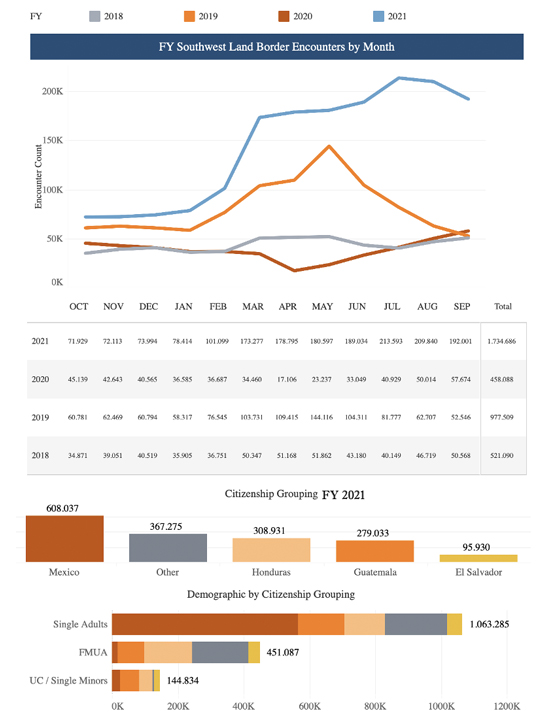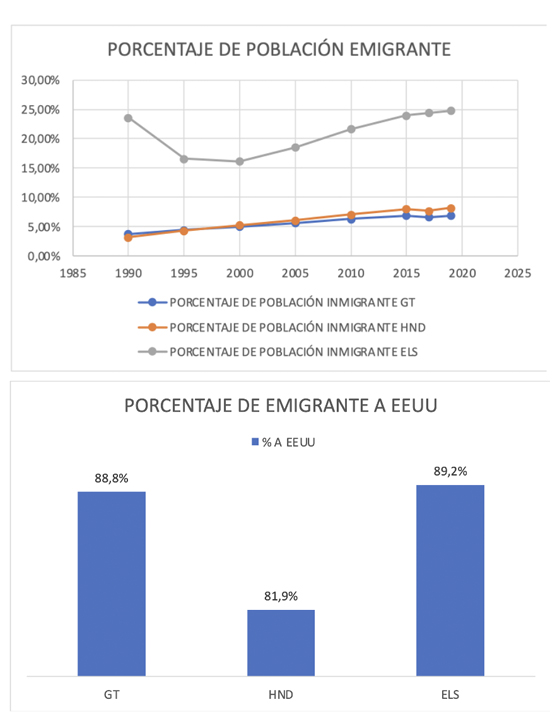In the picture
A US border guard inspects a drainage tunnel between Nogales (Arizona) and Mexico [CBP, Josh Denmark].
During 2021, the record number of migrants attempting to enter the United States through its southern border was broken. The previous record in 2019 led President Trump to sign controversial agreements with Guatemala, Honduras and El Salvador that gave them the status of 'safe third countries' and obliged them to take in migrants sent back by the US while their asylum requests were being resolved. The agreement was only executed by Guatemala, where, moreover, only 700 migrants arrived. Now that the agreements have failed, the Biden Administration has terminated them and today, after a 2020 with limited movement due to Covid-19, more migrants than ever are arriving at the US border.
The United States has Closed the fiscal year 2021 (from October 2020 to September 2021) with the largest issue of detainees at its southern border, indicating unprecedented migratory pressure. If already in 2019, with Trump in the White House, the successive Central American caravans contributed to a record number of "encounters" (that fiscal year there were 977,509, double what had been a normal year), in 2021 the total number has reached 1,734,686, according to US Customs and Border Protection(CBP), the US border authority.
The highest number of attempts to enter the U.S. intercepted during 2021 corresponded to Mexicans, who this time have doubled (655,594) the previous year's record, and consolidate their recovery as the first national group by far. They are followed by Hondurans (319,324), Guatemalans (283,035) and Salvadorans (98,690). Although the news in recent months has been the overcrowding of Haitians in places adjacent to the border, the most constant group in their march northward continues to be - apart from Mexicans - migrants from the Central American Northern Triangle (Guatemala, Honduras and El Salvador), demonstrating the failure of the attempt to force these countries and also Mexico to take back the migrants while the US resolved their asylum requests.



